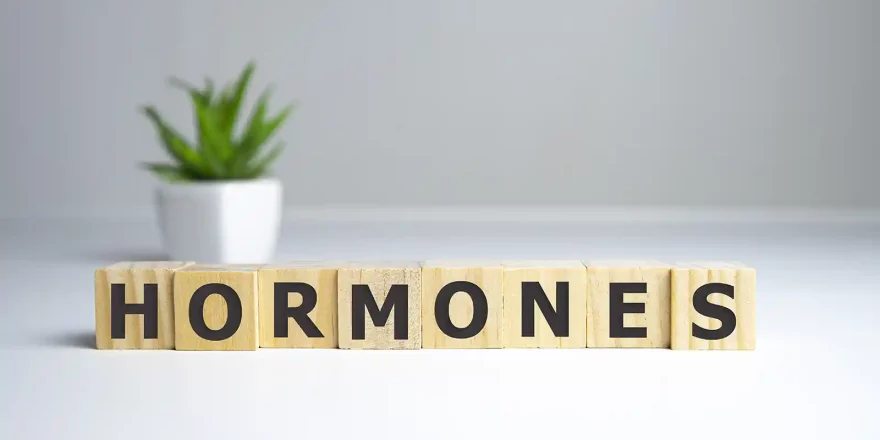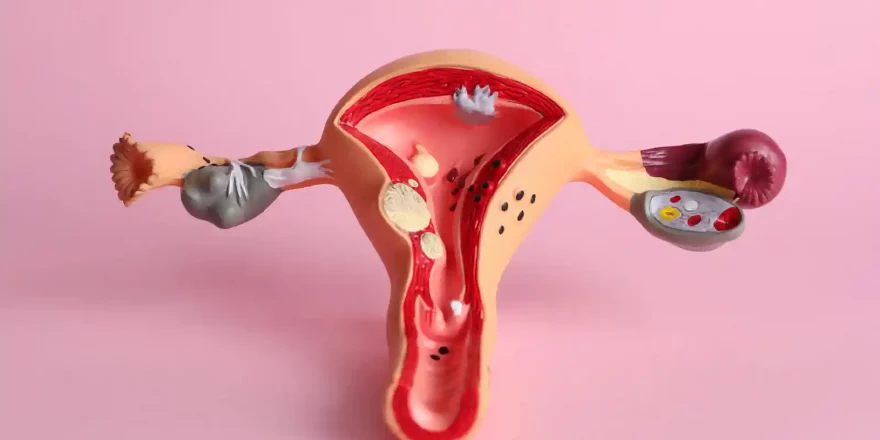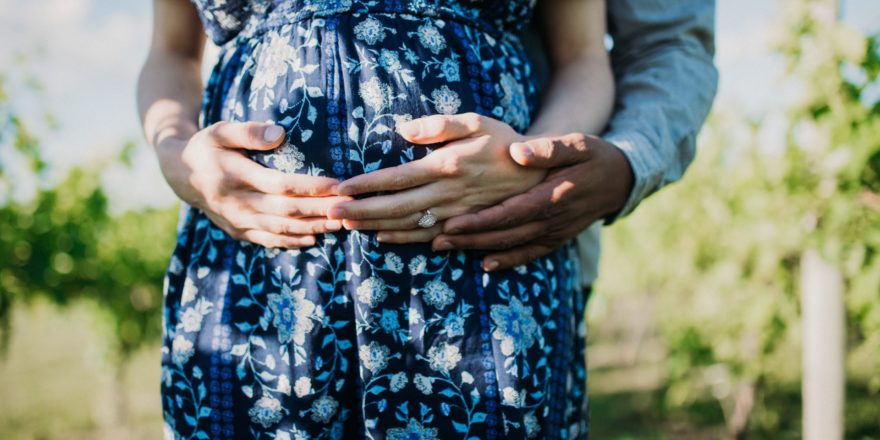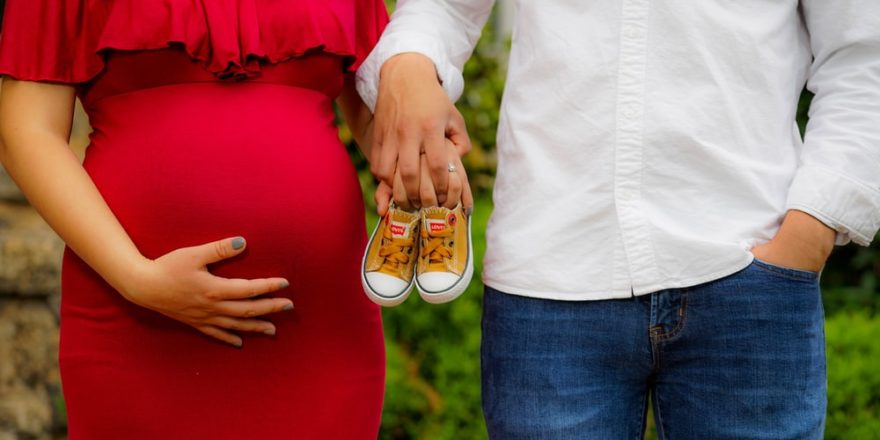The morefertile® male health section covers men’s reproductive organs and how sperm are made in them, how male fertility is changing, and the different ways to check the chances of a man fathering a child naturally. Male fertility is closely related to health and wellbeing, which is a core part of the morefertile® personal fertility prof...
Hormones
hormones
Eggs & Organs
Eggs and organs explain how egg numbers are crucial to female fertility, how they’re stored in tiny follicles since birth, and are “woken up” to start a 13-month journey to ovulation. Very few are ovulated, but when they are, the Fallopian tubes must be able to support and transport an embryo to the uterus, which is ready to ...
Female Health
There are four sections to the morefertile® female health section, which cover how women’s organs of fertility should work, hormones, pregnancy and how to get pregnant quicker. These form the basis of any discussion about fertility and getting pregnant: 1. Eggs and Organs Uterus and Fallopian tubes Eggs and follicles Eggs and age ...
First Trimester
The first trimester covers the first three months, from conception to the 13th week. During this time, Mum’s body needs to make significant adjustments to accommodate the pregnancy as the baby goes from a simple ball of cells to having all essential organs and structures. Things to do after (and before) you get pregnant Stop smoking and...
Second Trimester
The second trimester starts in week 13 and ends in week 26, and it’s a time of rapid growth for the baby. All the major structures and organs were organised in the first trimester, progesterone production has shifted from the corpus luteum to the placenta, and building on these foundations is now the primary aim. The baby’s brain c...
Estrogen and Progesterone
Estrogen and progesterone are the two main female sex hormones, and they’re made by specialised cells in the ovaries. The changing levels of these two steroidal hormones determine the length and health of a woman’s menstrual cycle by altering: The function of the ovaries Growth and receptivity of the uterus lining Shape and functi...
Third Trimester
The third trimester starts in week 27 and usually ends at week 40. The baby becomes increasingly prepared for birth as it grows throughout the trimester, and delicate organs like the lungs mature and become more functional. Most babies start to turn head-down from about the 28th week in preparation for their birth. Babies can put on up to ½lb...
Semen Sampling
The “standard semen sample” is the first (and only) test that most men have for their fertility. While it doesn’t test to see if a man’s sperm can actually create a healthy pregnancy, it does check the crucial factors that (usually) indicate if a man is able to father a child naturally: Volume of semen Concentration o...
Pregnancy
Pregnancy is a nine-month, three-trimester journey for both the parents and the baby. Our morefertile® trimester guides explain the changes that both mother and babe make and useful advice on how to negotiate them.










